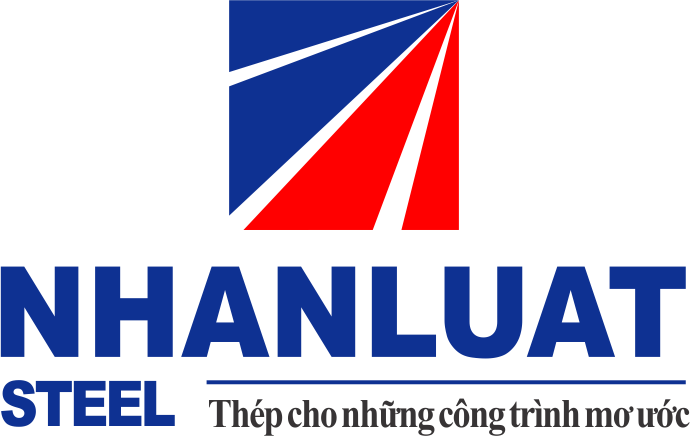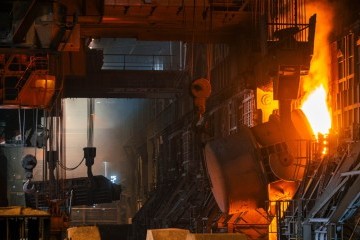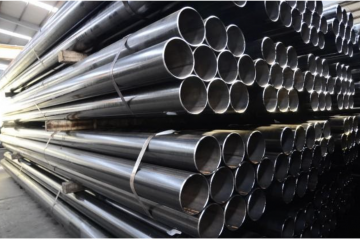China's crude steel production increased at the end of February, driven by improved profitability from domestic construction activities after the Chinese New Year. This surge in production contributed to higher steel inventories, which could put pressure on the prices of hot-rolled coil (HRC) and hot-rolled coil (HRC) in March, according to S&P Global Platts Analytics.
According to the China Iron and Steel Association (CISA), the average daily crude steel production reached 2.95 million tons from February 20 to 28, up 6.13% compared to the same period last year and 0.48% from February 10 to 20. The crude steel produced by CISA members averaged 2.32 million tons per day during the 10-day period, up 14.07% year on year and 0.85% from February 10 to 20.
The government of Tangshan City, Hebei Province - China's leading steel production city, issued orders to suspend industrial activities to improve air quality during important government meetings in Beijing from March 4. This includes temporarily closing seven blast furnaces in the city in March.
However, S&P Global Platts Analytics does not expect the production cut to have a significant impact on the overall production, as it only affects plants with capacities below 4 million tons. Platts Analytics also predicts that in the first half of 2021, with the operation of new blast furnaces, China's total ironmaking capacity will increase by about 11 million tons per year, equivalent to 30,000 tons per day.
More concerning is the rapid increase in steel inventories. As steel mills resume operations after the Chinese New Year holidays while downstream demand slows down, increasing inventory levels are expected. The steel product inventories in 20 cities monitored by CISA reached 16.95 million tons at the end of February, up 14.6% from mid-February and a significant 132% increase from the beginning of the year.
Chinese mills and businesses were able to manage high inventory levels following closures in March and April last year when credit conditions were loosened to aid economic recovery. However, credit conditions have since tightened, and distributors will need to sell to generate cash flow.
The HRC domestic prices have recovered by 7% since the reopening of trading after the holidays, seemingly supported more by optimism rather than increased demand. Two key purchasing manager indices weakened in February, with purchasing activities reaching the lowest level in nine months, while export orders decreased. Caixin PMI recorded the weakest reading since May last year. Platts Analytics estimates that steel demand from the transportation sector may increase by 6% year on year in 2021, while demand from household appliances is expected to remain relatively stable.
According to Platts data, the domestic HRC profit margin in China fell into negative territory before the Chinese New Year holidays for the first time in 12 months before rebounding to $50.27/ton on March 4. The profit margin for rebar has also recovered but has been volatile due to the impact of delayed rebar contracts in Shanghai. Rebar profit margins were mostly negative in January and early February but reached $27.47/ton on March 4.
This indicates that high raw material prices have impacted profit margins. The average CFR cost of high-quality coke imports into China reached $220.86/ton in February, the highest level since the beginning of 2018. This was largely due to the influence of China's ban on coal imports from Australia. High import prices have led Chinese mills to turn back to domestic sources for raw materials.
The cFlow data from Platts shows fluctuations in iron ore orders in the second quarter compared to the first quarter in China.
The highest iron ore prices in nearly 10 years
Seaborne iron ore prices have risen by 7.5% since the holiday season, with the 62% Fe IODEX reaching the highest level in nearly a decade at $178.45/ton CFR on March 4.
First-quarter iron ore shipments were typically the lowest of the year due to seasonal wet weather impacting orders from Australia and Brazil. Platts' cFlow data indicates that China's steel exports began to recover in the last week of February, with total shipments from Rio Tinto, BHP, Vale, Fortescue Metals Group, Roy Hill, and Saldanha port in South Africa increasing by 2.6% from the previous week to 21.74 million tons from February 21 to 28.
The overall cFlow data indicates an average 11% increase in iron ore exports for the second quarter from the past four years, equivalent to a predicted increase of about 28 million tons from the first quarter this year. Increased exports in the second quarter will help alleviate some concerns about iron ore supply, especially as steel production remains relatively stable. This suggests that iron ore prices may decrease from their current high levels.
Source: http://www.vnsteel.vn




